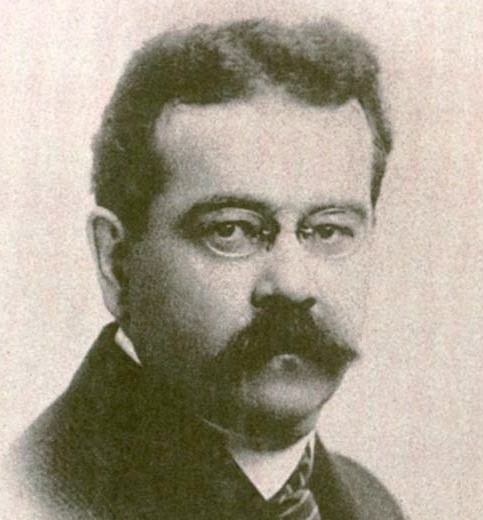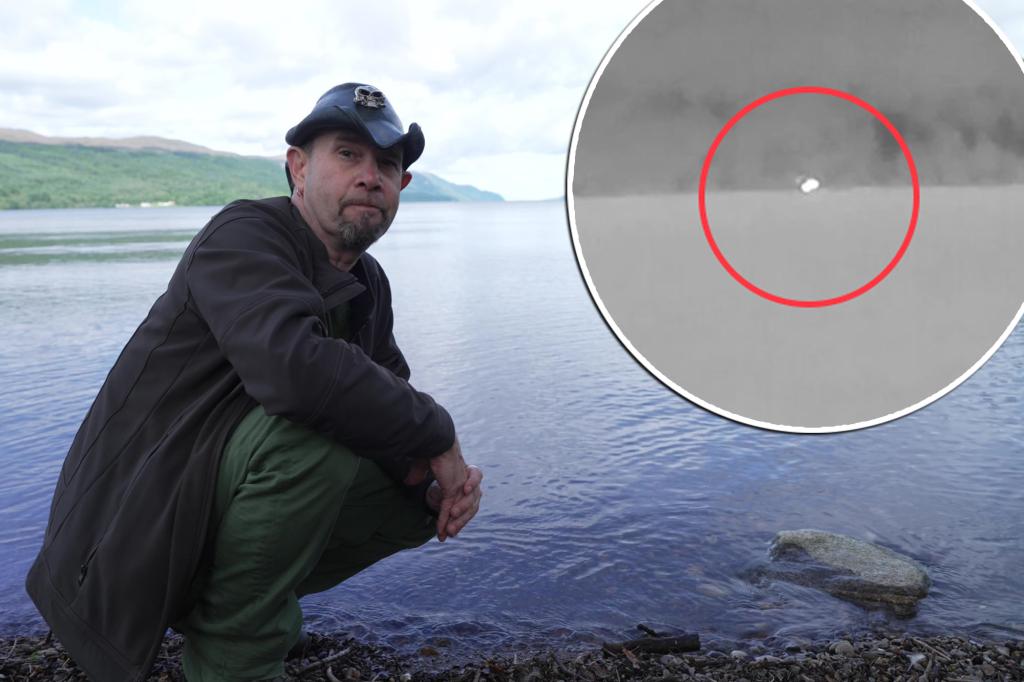Apparently, the Loch Ness Monster is made of algae, according to DNA samples taken from the waters of Scotland’s Borlum Bay, where the deep sea beast supposedly prowls and has been allegedly spotted in the past.
In one of the largest investigations of the elusive creature in more than half a century, search volunteers Marry Wiles, 49, and Aga Balinska, 42, swear they got a glimpse of the two humps and some sort of third appendage — what they believe to be its head — in the water during an early morning swim in August.
The pair shared their footage of the aquatic monster with the research group Loch Ness Exploration, where Dragonfly Film producers for the upcoming series “Weird Britain,” slated to be released in 2024, were present to document the never-ending search.
…
But the latest bizarre sighting prompted a collection of water samples for environmental DNA — or “organismal DNA” shed by organisms by way of skin or excrement — a method used to detect the prevalence of aquatic species without disturbing them.
“The ability to now make use of new eDNA analysis techniques presents an exciting step forward for wildlife researchers, and may help us to find answers to some of the most fascinating and puzzling mysteries of the natural world,” Tim Whittard, “Weird Britain” producer, told Southwest News Service.
Samples from Nessie’s waters, sent for analysis to the Boulder, Colorado, lab Jonah Ventures, showed only the presence of two types of algae.
”The tests only detected algae, which of course is exciting news if we consider the possibility that Nessie is a giant algae blob monster,” Ken Gerhard, a cryptozoologist and TV presenter, told SWNS.



You are right, I have dismissed this out of hand and, in turn, almost lost my chance at finding treasure.